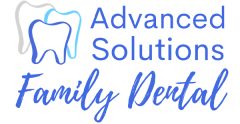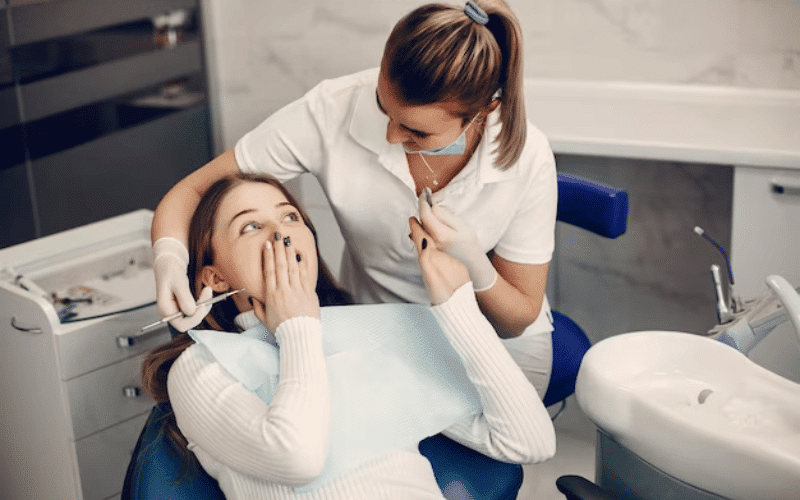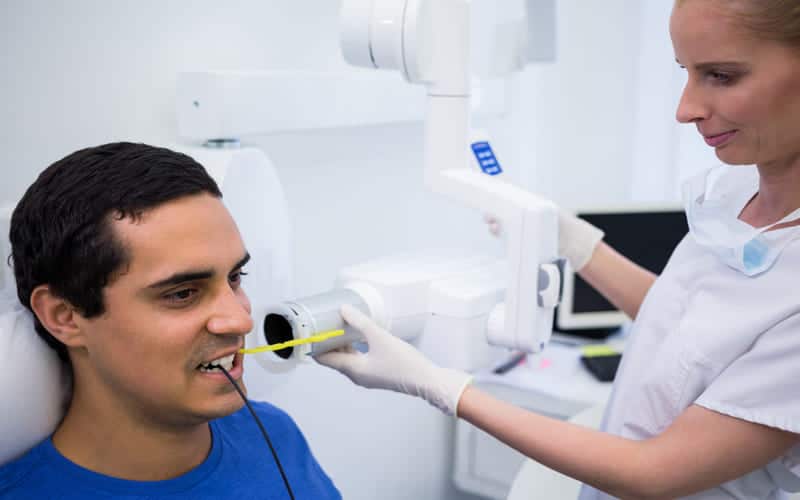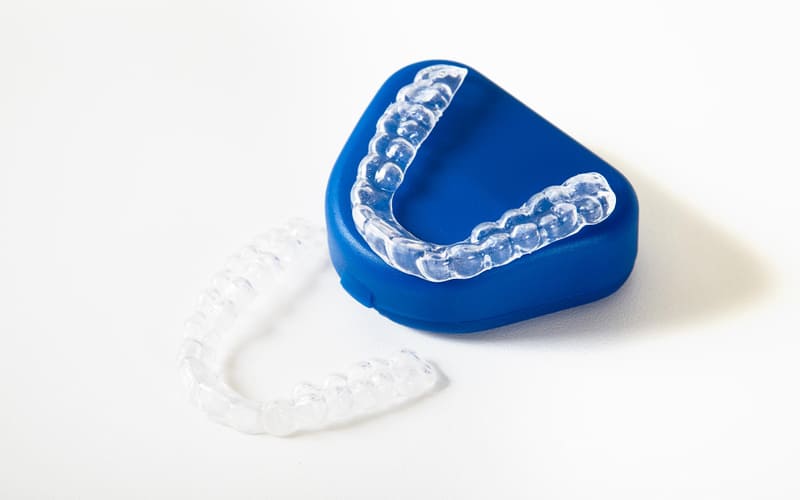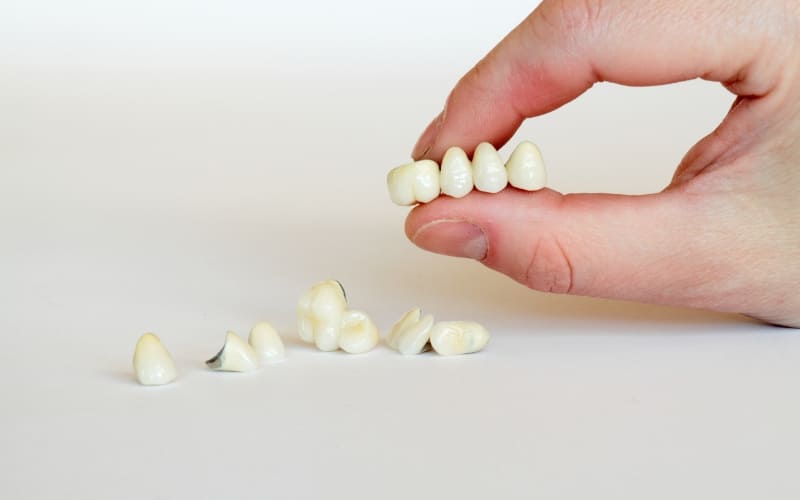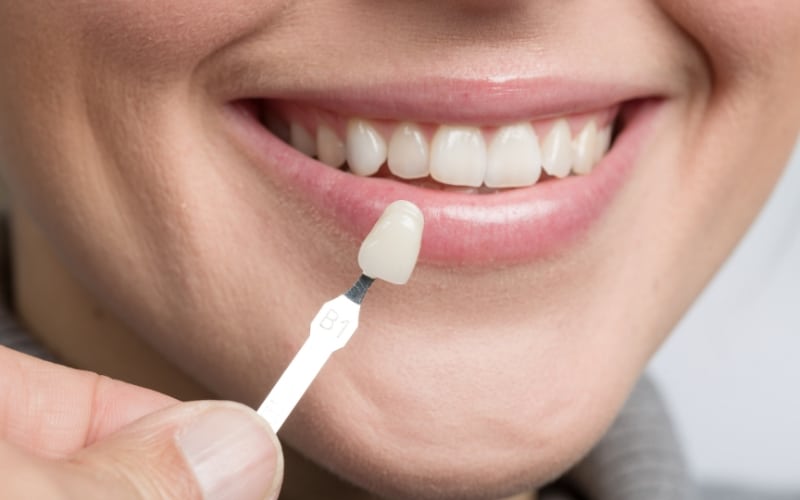A beautiful smile is a universal symbol of confidence and vitality. It can make a lasting impression, boost self-esteem, and improve well-being. In the charming town of Oak Forest, residents have access to a hidden gem that can help them achieve the smile of their dreams – Cosmetic Dentistry. This specialized branch of dentistry offers a myriad of advantages that go beyond mere aesthetics. This article will explore cosmetic dentistry’s numerous benefits.
Cosmetic Dentistry: Beyond Aesthetics
Cosmetic dentistry is often associated with teeth whitening, veneers, and perfecting that dazzling Hollywood smile. While these are indeed crucial aspects of the field, cosmetic dentistry encompasses a wide range of procedures to enhance the appearance of teeth and, by extension, a patient’s self-esteem and oral health. Here are some critical advantages of cosmetic dentistry.
1. Improved Self-Esteem And Confidence:
One of cosmetic dentistry’s most significant advantages is its boost to a patient’s self-esteem and confidence. Feeling good about your smile makes you more likely to be self-assured in various aspects of life. An attractive smile can be a game-changer in social interactions, job interviews, or romantic relationships.
Cosmetic dentistry can address issues such as stained, crooked, or missing teeth, helping individuals achieve their desired smile. Cosmetic dentists are experts in tailoring treatments to meet each patient’s unique needs, ensuring a boost in confidence that lasts a lifetime.
2. Enhanced Oral Health:
The benefits of cosmetic dentistry extend beyond aesthetics. Many procedures not only enhance the appearance of your smile but also improve your oral health. For example, dental crowns and veneers can repair and strengthen damaged teeth, preventing further decay or damage. Similarly, teeth straightening procedures like Invisalign can correct misalignments, often leading to oral health issues like gum disease and tooth decay.
In Oak Forest, where the community values aesthetics and health, cosmetic dentistry offers a comprehensive solution for a beautiful and robust smile.
3. Increased Functionality:
Having a beautiful smile isn’t just about looks; it’s also about functionality. Cosmetic dentistry can help restore the functionality of your teeth. Missing or damaged teeth can make speaking, eating, and maintaining oral hygiene challenging. Treatments like dental implants, bridges, and dentures can help replace missing teeth, restoring your ability to chew and speak effectively.
4. Long-Term Investment:
Cosmetic dentistry is not just about quick fixes; it’s an investment in your long-term oral health and well-being. While over-the-counter teeth-whitening kits may provide temporary results, professional treatments offered by cosmetic dentists can yield more lasting and consistent outcomes.
Additionally, procedures like veneers and dental implants are designed to be durable and long-lasting. This means you won’t need frequent touch-ups or replacements, making it a cost-effective choice in the long run. A beautiful smile that stands the test of time is a valuable asset.
5. Customized Treatment Plans:
Every patient has unique needs and desires when it comes to their teeth. The advantage of cosmetic dentistry lies in its ability to provide highly customized treatment plans. Cosmetic dentists work closely with patients to understand their goals and expectations, creating a personalized roadmap to achieve the desired results.
Whether you require a complete smile makeover or a minor adjustment, cosmetic dentists are skilled in tailoring their services to meet your specific requirements. This level of personalization ensures that you’re not just getting a generic solution but one ideally suited to your individual needs.
6. Enhanced Career Opportunities:
Your smile is often the first thing people notice about you, which can significantly impact your professional life. A bright, confident smile can make a positive impression in job interviews and workplace interactions.
Whether in a client-facing role or working behind the scenes, a radiant smile can help you project confidence and professionalism. This, in turn, can lead to better career opportunities and advancements.
7. Pain Reduction:
Misaligned teeth or an improper bite can cause discomfort and pain, including headaches, jaw pain, and even neck pain. Cosmetic dentistry procedures like orthodontics, dental crowns, and veneers can correct these issues, alleviating pain and improving overall quality of life.
8. Minimally Invasive Techniques:
Advancements in cosmetic dentistry have led to more minimally invasive techniques. These procedures require less time, reduce discomfort, and provide quicker recovery.
Procedures like laser teeth whitening and composite bonding can be completed in a single office visit, making it convenient for individuals with demanding lives. Patients can achieve a remarkable smile without disrupting their daily routines.
9. Natural-Looking Results:
One of the significant concerns people have about cosmetic dentistry is the fear of an unnatural-looking smile. This concern is particularly valid. Fortunately, cosmetic dentists are experts at achieving natural-looking results.
Modern materials and techniques allow for highly realistic outcomes. The results will seamlessly blend with your natural teeth, whether you’re getting veneers, dental implants, or teeth whitening. Your smile will be enhanced but still look and feel like “you.”
10. Access To The Latest Technology:
Cosmetic dentistry is constantly evolving, with new technologies and techniques emerging regularly. Patients benefit from access to the latest advancements in the area. From digital imaging for precise treatment planning to 3D printing for creating custom restorations, cosmetic dentists in Oak Forest stay at the forefront of these innovations.
11. Holistic Approach To Dentistry:
There has been a growing recognition of the link between oral health and overall well-being in recent years. Cosmetic dentistry often takes a holistic approach, considering how dental issues can affect the entire body. Gum disease, for example, has been linked to heart problems, diabetes, and more.
A holistic approach means that cosmetic dentists enhance your smile’s appearance and consider how the treatment may impact your overall health. This focus on well-being is appreciated, and a healthy lifestyle is a top priority.
12. Comprehensive Range Of Services:
Cosmetic dentistry offers a comprehensive range of services to address various dental concerns. Whether you need a complete smile makeover or a simple teeth whitening treatment, you can find a solution that suits your needs. Some of the most common services offered by cosmetic dentists in Oak Forest include:
The diversity of services ensures that people can find the right solution for their unique circumstances, making cosmetic dentistry accessible to all.
13. Emotional Well-Being:
The advantages of cosmetic dentistry extend to emotional well-being. A beautiful smile is closely associated with happiness and positive emotions. Research has shown that smiling can trigger the release of endorphins, which are natural mood lifters.
In Oak Forest, where a tight-knit community values physical and emotional health, cosmetic dentistry can contribute to overall well-being. With a stunning smile, individuals are more likely to experience a boost in their emotional state.
14. Social Benefits:
A stunning smile can open doors to new social opportunities. With a beautiful smile, individuals are more likely to interact socially, make new friends, and create lasting connections within the community.
Cosmetic dentistry can help people become more active participants in their local social circles, enriching their lives.
15. Aging Gracefully:
Individuals’ teeth can become discolored, worn, or damaged as they age. Cosmetic dentistry offers a solution for aging gracefully. Procedures like dental implants, dentures, and teeth whitening can help individuals maintain a youthful appearance.
By investing in cosmetic dentistry, patients can enjoy a vibrant smile that defies the signs of aging, allowing them to look and feel their best as they grow older.
Choosing The Right Cosmetic Dentist
To fully enjoy the benefits of cosmetic dentistry, it’s crucial to choose the right dentist. Patients are fortunate to have access to various highly skilled and experienced cosmetic dentists. Here are some factors to consider when selecting a cosmetic dentist:
1. Credentials and Experience:
Look for a cosmetic dentist with the required qualifications and considerable expertise. Credentials like membership in professional organizations and a history of successful procedures are indicators of a dentist’s expertise.
2. Before and After Photos:
Ask to see before and after photos of the dentist’s previous work. This will give you a clear idea of the quality and consistency of their results.
3. Patient Reviews:
Read patient reviews and testimonials to understand past customers’ satisfaction. These can provide valuable insights into the dentist’s skills and patient care.
4. Consultation:
Schedule a consultation with the dentist to discuss your goals and assess their communication style, as a comfortable and open dialogue is crucial for a successful outcome.
5. Technology and Techniques:
Inquire about the dentist’s technology and practices. A dentist who stays up-to-date with the latest advancements is more likely to provide superior results.
6. Cost and Financing:
Discuss the cost of your desired treatment and any available financing options. A good dentist will work with you to make the procedures affordable.
Cosmetic dentistry in Oak Forest, IL, offers many advantages beyond aesthetics. The benefits of improved self-esteem and oral health to enhanced career opportunities and emotional well-being are numerous and transformative. Oak Forest residents can unlock the smile of their dreams, achieving a more confident and fulfilling life.
Investing in cosmetic dentistry is an investment in oneself, one’s future, and one’s community. With a beautiful smile, Oak Forest residents can continue to thrive in their vibrant and welcoming town, knowing that a dazzling and healthy smile supports their confidence and well-being.
